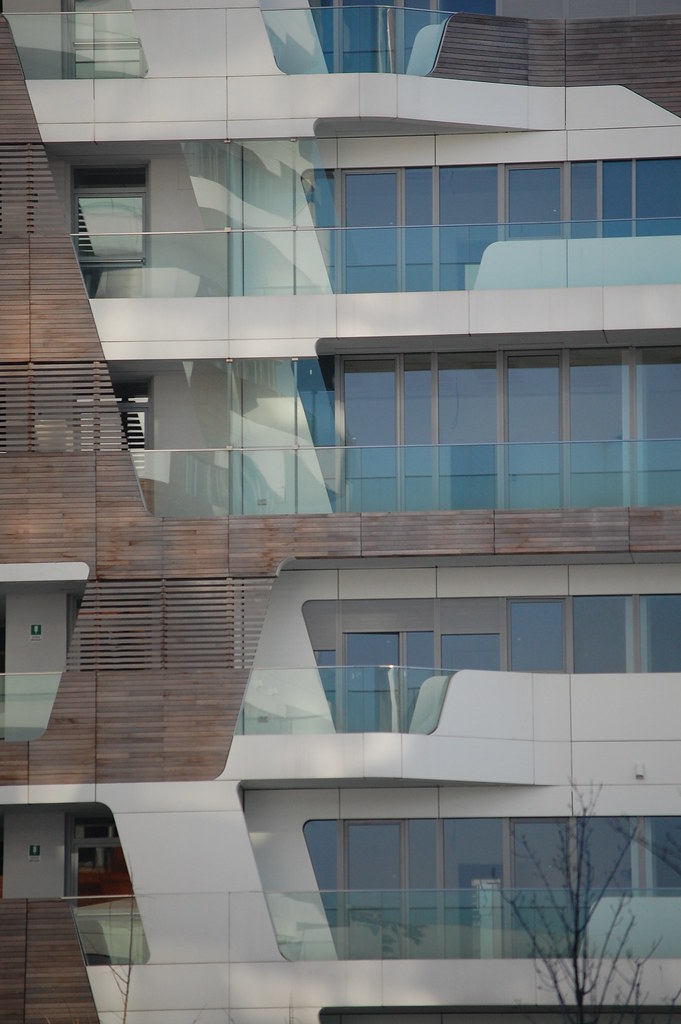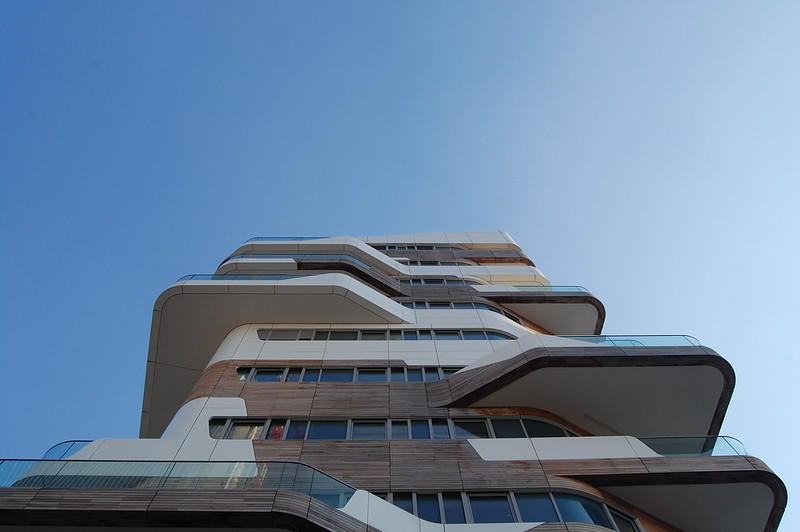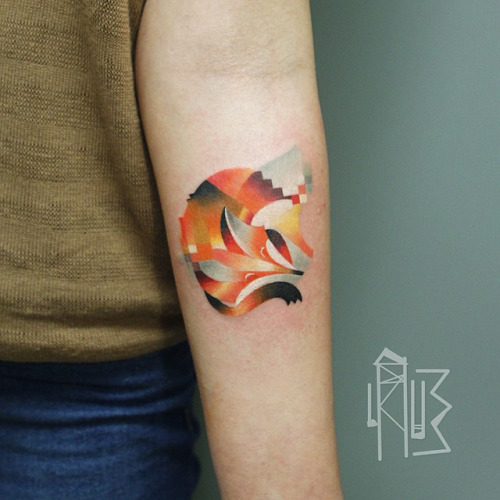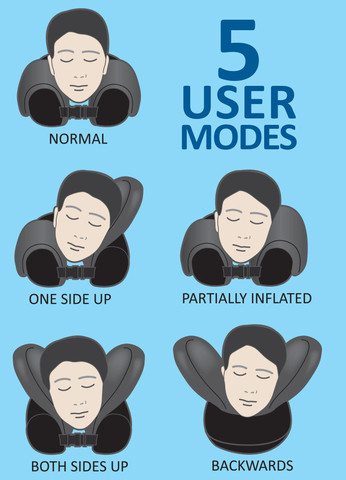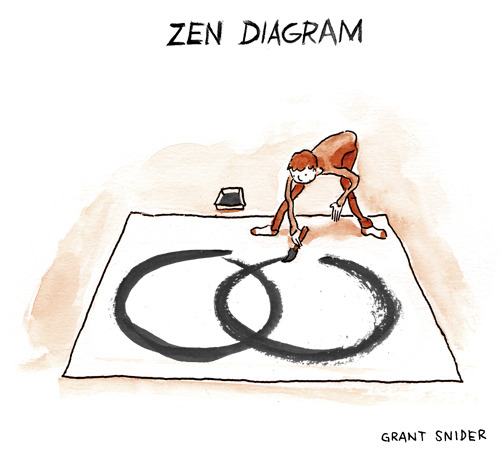
World Expos have long been important in advancing architectural innovation and discourse. Many of our most beloved monuments were designed and constructed specifically for world’s fairs, only to remain as iconic fixtures in the cities that host them. But what is it about Expos that seem to create such lasting architectural landmarks, and is this still the case today? Throughout history, each new Expo offered architects an opportunity to present radical ideas and use these events as a creative laboratory for testing bold innovations in design and building technology. World’s fairs inevitably encourage competition, with every country striving to put their best foot forward at almost any cost. This carte blanche of sorts allows architects to eschew many of the programmatic constraints of everyday commissions and concentrate on expressing ideas in their purest form. Many masterworks such as Mies van der Rohe’s German Pavilion (better known as the Barcelona Pavilion) for the 1929 Barcelona International Exposition are so wholeheartedly devoted to their conceptual approach that they could only be possible in the context of an Exposition pavilion.
To celebrate the opening of Expo Milano 2015 tomorrow, we’ve rounded up a few of history’s most noteworthy World Expositions to take a closer look at their impact on architectural development.
The Great Exhibition of 1851

Originally intended to display innovations in technology and manufacturing from around the world, the Great Exhibition took place in London in 1851 and is generally considered to be the first world’s fair. The exhibits here showcased over 100,000 objects including the latest printing presses, carriages, and rare gems, but perhaps the most astonishing feature of the fair was its famed Crystal Palace. Designed by Sir Joseph Paxton and constructed primarily of glass and iron, the Crystal Palace demonstrated incredible engineering feats and was noted for the largest amount of glass ever seen in building of the time. With its open interiors and natural lighting, the Crystal Palace served as an optimal space for exhibits by taking advantage of a self-supporting shell resting on slim iron columns and reducing the exhibition’s operating costs by eschewing any need for artificial lighting. The building was later relocated after the conclusion of the exhibition but was destroyed by fire in 1936. Despite its unfortunate demise, the Crystal Palace would serve as an inspiration for developing glass manufacturing techniques in buildings and became a precedent for subsequent curtain-wall structures. [1]
The Universal Exposition of 1889

The Universal Exposition of 1889 (Exposition Universelle de 1889) was a celebration of international achievements in architecture, fine arts, and the latest technology with the newly built Eiffel Tower as its central attraction. The 1889 exhibition was part of a tradition of universal exhibitions taking place every eleven years in Paris, with the 1889 event occurring on the centennial of the French Revolution. The commissioners decided to reject early plans for a 300-meter-tall guillotine in favor of an iron tower design by Gustave Eiffel. The tower served as the entrance arch, and the icon for the fair which attracted nearly 2 million visitors. At the time, the tower was the tallest structure in the world and the public flocked to its upper floors to experience views over the French capital. Although initially despised by many Parisians for its looming presence over the city and meant to last only for the duration of the exhibition, the tower still stands as one of the most iconic works of architecture in the world.
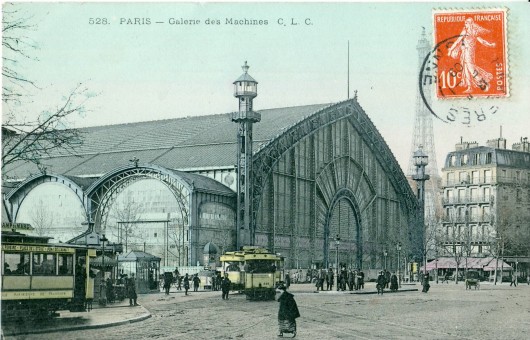
A less well-known yet equally significant structure built for the exhibition was the Galerie des Machines designed by architect Ferdinand Dutert and engineer Victor Contamin. The Machinery Hall spanned 111 meters and was the longest interior space in the world at the time making use of a system of hinged arches constructed of iron. With no internal supports, this massive iron and glass structure likely drew upon the Crystal Palace as a precedent and was reused for the 1900 exhibition before it was demolished in 1910 to open up the view along the Champ de Mars. [2]
Barcelona International Exhibition of 1929

The second World Fair to be held in Barcelona after 1888, The Barcelona Exhibition of 1929 resulted in a series of prominent and lasting structures of varying architectural styles. Many of these buildings surround the Plaça d’Espanya at the foot of Montjuïc and are situated along an axial street. This grandiose sequence of space culminates in the Palau Nacional, now the Museu Nacional d’Art de Catalunya, and is striking for the fact that these ornate, historically inspired structures were built during the same time period and for the same event as Mies van der Rohe’s Barcelona Pavilion. This juxtaposition between history and modernity was one of the most unique elements of the exposition and is a notable departure from the common science fiction theme seen in so many other world’s fairs.

The original Barcelona Pavilion was dismantled in 1930 shortly after the conclusion of the exposition, but it was rebuilt in 1983 by a group of Catalan architects in the same location using only the few photographs and salvaged drawings which remained. [3]
1964 New York World’s Fair

With everything from rockets, to futuristic cars and cities, to an animatronic Abraham Lincoln, the 1964 New York World’s Fair truly embraced the novelty of science fiction. With a theme of “Peace Through Understanding,” the exposition took place in Flushing Meadows Corona Park, Queens on the same site as the 1939-40 World’s Fair. Here 650 acres of pavilions, displays, and public facilities dotted the landscape of the park to showcase the latest ideas and accomplishments of corporations and countries to over 50 million visitors. Even the architecture at the exposition seemed to draw inspiration from the space-age and included Phillip Johnson’s famous New York State Pavilion. Rising 100 feet, the “bicycle wheel roof” of the main pavilion is supported by sixteen slip-formed hollow concrete columns. Compression and tension rings of steel cables gave the roof its convex shape and supported colorful plastic Kalwall sheeting. Both of these techniques represented radical architectural innovations at the time and appear to be very different from many of Johnson’s other works. Adjacent to the pavilion three disk-shaped observation towers reach a height of 226 feet and provide visitors with a new vantage point on the expo site.

Johnson’s pavilion can still be seen at the Expo site today, although its fate in the coming years is uncertain. Abandoned for many years, the pavilion is in dire need of restoration and a small group of volunteers has dedicated time each year since 2009 to repainting its red, white, and yellow walls, but further action is required to preserve this unique architectural landmark. [4]
Century 21 Exposition of 1962
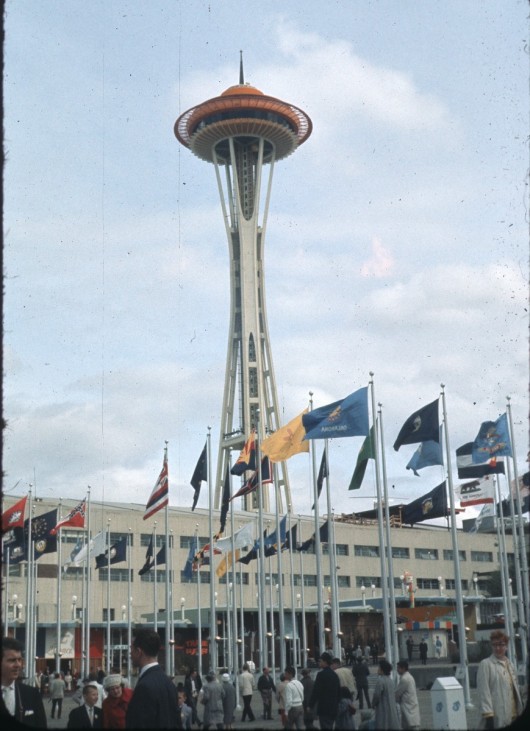
Occasionally, expositions have far-reaching impacts on not only the built environment, but also the economic and cultural life of their host cities. Similar to many other world’s fairs, the 1962 exposition focused on themes of space, science and technology and the future, and its theme was heavily influenced by the ongoing Space Race at the time. The 1962 Century 21 Exposition in Seattle is one of the relatively few expositions in history to make a profit, and some even credit it with revitalizing the city’s economy and encouraging its cultural development in this way. Most notably, the fair resulted in the construction of the Space Needle and the Alweg Monorail, which is still running today. Public infrastructural moves such as this were made possible in the context of showcasing the latest technology for the exhibition, but also resulted in a dramatic infrastructural improvement for the life of the city. [5]
Expo 67

Expo 67 in Montreal was the main feature of Canada’s Centennial celebrations of 1967. Entitled “Man and His World,” the theme for the expo showcased man’s cultural and technological advancements and encouraged participation from countries around the world. The choice of the site for the exhibition proved to be a challenge, and a new island was created in the center of the St. Lawrence River to provide additional space. Aiming to demonstrate innovative applications of architecture and engineering, the exposition featured several major pavilions contributed by various countries. A few of the most significant pavilions included Arthur Erickson’s pyramidal Man in His Community of hexagonal wooden frames, Frei Otto and Rolf Gutbrod’s tensile canopy structure for the German pavilion, and Buckminster Fuller’s geodesic dome for the US pavilion.

Later known as the Montreal Biosphere, Fuller’s dome had far-reaching influence as a prototype for a new trend in construction. The structure is made up of steel and acrylic cells and includes a complex shading system to control internal temperatures. Visitor’s circulated through four themed platforms divided into seven levels and accessed by the longest escalator ever built at the time. Additionally, the pavilion’s futuristic look was exaggerated by the Minirail monorail that ran through the pavilion. Unfortunately, the building fell victim to a devastating fire in May 1976 in which all of the building’s transparent acrylic sections were destroyed. In 1990 the property was purchased and transformed into an environment museum which continues to occupy the building to this day.
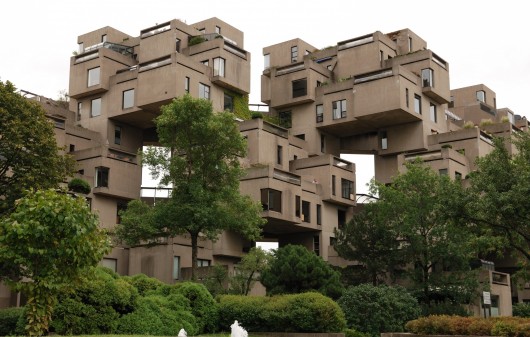
Another famous architectural remnant from Expo 67 is Moshe Safdie’s Habitat 67. The building was initially intended to provide high-quality housing in dense urban environments using prefabricated modular units. Its configuration attempted to combine elements of suburban homes with the density of an urban high-rise. Although the design did not succeed in prompting a trend in radical prefabricated buildings, a new typology was created that expanded our ideas for what is possible in prefabricated construction. Like several other structures we have seen in world’s fairs, Habitat 67 was not disassembled upon the Fair’s completion and continues to serve as a housing complex today. [6]
Osaka World Expo 1970

With a theme of “Progress and Harmony for Mankind,” the Osaka World Expo in 1970 was the first World’s Fair to be held in Japan and represented a desire to embrace modern technology and create the potential for higher standards of living. This expo came at a particular progressive time in Japan’s history after having experienced an extremely rapid period of development in the 1960s and furthering the development of metabolism. It is also one of the best attended expositions in history with over 64 million visitors. [7]

Expo 2010 Shanghai China

Expo 2010 in Shanghai took place on the banks of the Huangpu River and broke numerous records in the history of world’s fairs. With the theme of “Better City – Better Life,” the expo sought to showcase China’s incredible advancements in recent decades as a global power and elevate Shanghai’s status as the “next great world city.” Known to be the most expensive expo in the history of world’s fairs, it hosted the largest number of participants and was also the largest fair site ever at an astonishing 5.28 square km. Not surprising given its scope and scale, it also drew a record 73 million visitors and surpassed the attendance record for a single day at 1.03 million visitors. Surpassing the cost of cleaning up Beijing for the 2008 Olympics, preparation for the Shanghai expo included clearing large tracts of land and moving existing buildings and factories on the site, building six new subway lines, as well as planning for extensive security preparation.

Among the Expo’s most notable projects were BIG’s Danish Pavilion and Thomas Heatherwick’s UK Pavilion. Similar to the goals for this year’s Expo Milano, many pavilions at the Exposition advocated for a focus on environmental sustainability, efficiency and diversity. Today, the grounds of the former Expo site have been transformed into a park and the former China Pavilion remains. [8]

Clearly World Expositions have had remarkable impacts on the world of architecture and building technology, and many hope that Expo Milano 2015 will continue this tradition with its theme “Feeding the Planet, Energy for Life.” Although traditional building materials and technology in architecture have come a long way since the first World’s Fair, there is still plenty of room for innovation in regards to responding to the urgent environmental needs of today. This year’s expo recognizes this fact and offers architects opportunities to continue to explore notions of sustainability and how we engage with our planet.
References
[1] “The Great Exhibition” on the British Library Website
[2] “The Eiffel Tower during the 1889 Exposition Universelle” on La Tour Eiffel Website
[3] “The Architectural Legacy of Barcelona’s World’s Fairs“, The Frailest Thing, May 30 2012.
[4] Alan Taylor, “1964: The New York World’s Fair“, The Atlantic, June 2 2014
[5] “The Century 21 Exhibition” on ExpoMuseum.com
[6] “Expo ’67″ on Historica Canada
[7] Alison Furuto, “Osaka World Expo 1970“, ArchDaily December 3 2010
[8] “Brief intro to World Expo 2010 Shanghai China” on Expo2010 Website
The Architectural Lab: A History Of World Expos originally appeared on ArchDaily, the most visited architecture website on 30 Apr 2015.
send to Twitter | Share on Facebook | What do you think about this?





 The classic point-and-click adventure Grim Fandango has made its way to iOS and Android. Originally released by LucasArts, Grim Fandango was remastered by creator Tim Schafer's Double Fine Productions for PlayStation 4, Vita, PC, Mac and Linux earlie...
The classic point-and-click adventure Grim Fandango has made its way to iOS and Android. Originally released by LucasArts, Grim Fandango was remastered by creator Tim Schafer's Double Fine Productions for PlayStation 4, Vita, PC, Mac and Linux earlie...




